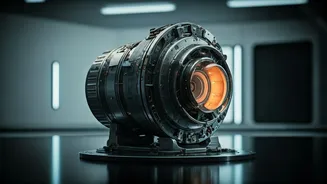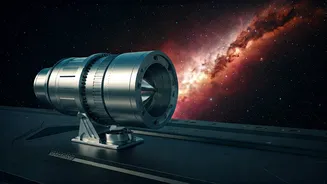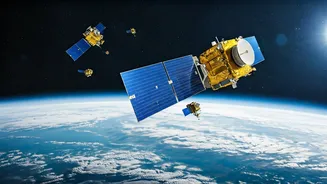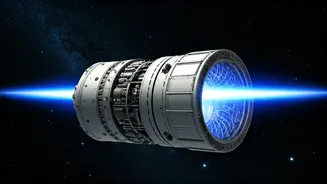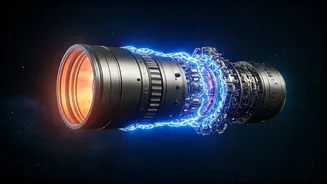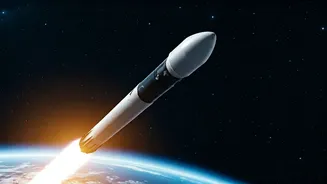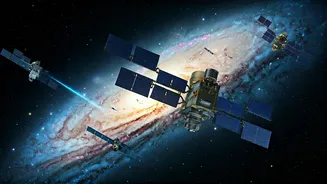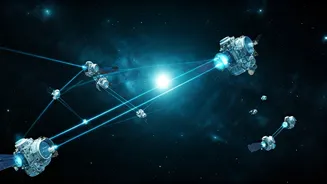ECAPS: A Game Changer
The introduction of the Fast-Start Thruster (FAST) by ECAPS signifies a potential shift in the satellite propulsion landscape. The FAST technology is designed
to enhance the performance of satellites. This innovation could dramatically change how satellites are launched, operated, and maintained in the vastness of space. The rapid startup time is especially critical, potentially allowing for quicker responses to on-orbit emergencies or repositioning needs. Such improvements in thruster technology can lead to more efficient use of fuel, extending the lifespan of satellites and reducing operational costs. ECAPS's development could provide new capabilities for various space missions, from Earth observation to deep-space exploration, highlighting a new era of efficiency and responsiveness in space travel. The technological advances promise to make space travel more practical and economically viable.
FAST: Key Features
The FAST thruster is distinguished by its significantly reduced startup time, an essential feature in numerous space applications. Unlike traditional thrusters, which require extended warm-up periods, the FAST technology enables almost instantaneous operation. This faster start time gives satellites a superior level of responsiveness, allowing for quicker orbit adjustments and reactions to unforeseen events. The improved fuel efficiency of the FAST thruster is also notable. Reducing fuel consumption will increase the duration of satellite missions. The design and materials used in the FAST thruster also contribute to its overall durability, promising enhanced reliability and a longer operational lifespan. The combination of speed, efficiency, and durability positions the FAST thruster as a cutting-edge solution for modern space programs.
Impact on Missions
The advent of FAST technology is poised to greatly impact numerous space missions. With a thruster that starts quickly and efficiently, satellites can now be positioned and adjusted more rapidly, enhancing their operational flexibility. Consider Earth observation satellites, which depend on timely maneuverability to capture valuable data. This innovative thruster can also significantly benefit communication satellites, enabling faster orbit correction and optimizing signal transmission. In the realm of deep-space exploration, the FAST thruster could facilitate more ambitious and time-sensitive journeys. The enhanced capabilities of the FAST thruster will not only improve the functionality of individual satellites but also broaden the scope of what is possible in space. This advancement will be crucial in the ongoing evolution of space technology.
Future Implications
Looking forward, the FAST thruster technology from ECAPS holds the promise of reshaping the space industry. The technology may open the door for smaller, more agile satellites, as they can better manage their orbital adjustments. The enhanced capabilities of the FAST thruster will attract increased investment in space programs. This innovation could influence the design of future space missions, resulting in more complex and advanced satellite systems. The enhanced efficiency, responsiveness, and durability offered by the FAST thruster could ultimately lead to the widespread adoption of this technology. ECAPS is making a notable contribution to the progress of space exploration and satellite operation by driving innovation.
